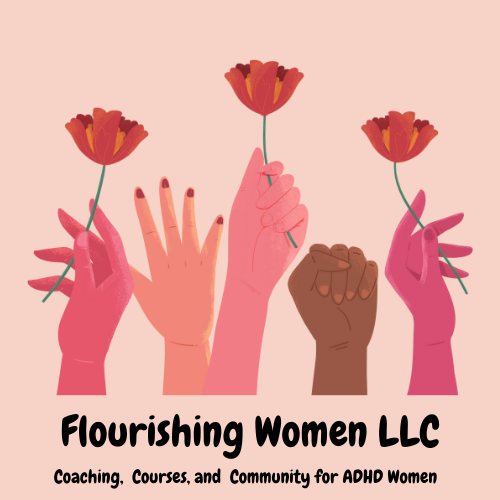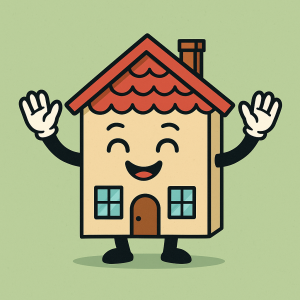What Is Neuroinclusive Housing?
Definition and Core Principles
Neuroinclusive housing is a residential model designed with sensory, cognitive, and emotional accessibility in mind—specifically for neurodivergent adults. It combines safe, comfortable living spaces with built-in life skills support, community connection, and wellness resources so that independence doesn’t come at the cost of isolation.
Moving Beyond “Accessible” to Truly Inclusive
Accessibility is often thought of in physical terms—ramps, elevators, and wide hallways. But true inclusion means recognizing the needs of people with ADHD, autism, and other forms of neurodivergence:
- Quiet, sensory-friendly rooms for regulation
- Adjustable lighting and sound control
- Clear, visual communication systems
- Support staff trained in neurodiversity-affirming care
Why the Time for Neuroinclusive Housing Is Now
The Rising Demand Across the U.S.
The shortage of affordable housing for neurodivergent adults is a nationwide crisis. Many face years-long waitlists or are forced into living arrangements that strip away autonomy.
Why Independence Should Not Mean Isolation
Traditional housing models often separate “support” from “independence.” The result? People either live alone without the help they need—or in group settings that limit choice and freedom. Neuroinclusive housing bridges this gap, making independence sustainable.
The Unified Vision: Housing That Builds Belonging
Imagine walking into a place where every detail—lighting, layout, community events—was designed with your brain and body in mind. This is the heart of neuroinclusive housing: creating spaces where people are safe, supported, and seen.
How Housing Shapes Quality of Life
Where you live affects your daily routines, social connections, and ability to thrive. For neurodivergent adults, the wrong environment can create constant stress, while the right one fosters growth.
The Missing Link Between Support and Independence
Instead of forcing people to choose between living alone or having support, neuroinclusive housing blends the two—support is available, but independence is honored.
Thrive Red Bank: A Groundbreaking Neuroinclusive Housing Project
From Personal Mission to Public Movement
In Red Bank, NJ, the Thrive Red Bank project began with one parent’s determination to create a secure, meaningful future for her neurodivergent son. That personal mission grew into a first-of-its-kind, 32-unit community—five of them affordable apartments—designed for independent living with built-in supports.
Building More Than Walls – Creating a Community
Opening in 2027, Thrive is designed to integrate residents into the local community while providing on-site spaces for skill-building, social connection, and wellness.
Key Features of Thrive Red Bank
- 32 one-bedroom apartments, five affordable housing units
- Sensory-friendly rooms for emotional regulation
- A community kitchen for cooking classes
- Health and wellness spaces
- On-site life skills and relationship coaching
Partnership With Rutgers University
Thrive’s formal collaboration with Rutgers University provides quality assurance, staff training, and research-based program development, making it the first U.S. neuroinclusive housing community with a major university partnership.
How Thrive Supports Independent Living for Neurodivergent Adults
Life Skills Training and Daily Living Support
Residents get hands-on training in cooking, budgeting, communication, and workplace readiness—building confidence and self-reliance.
Sensory-Friendly Design for Comfort and Regulation
From sound-dampening materials to calming color palettes, Thrive’s design helps residents stay regulated and comfortable in their daily lives.
Purposeful Community Integration
Local partnerships offer residents opportunities to take classes, volunteer, and work—reducing isolation and increasing community belonging.
Overcoming Barriers to Access
Affordable Housing Options and Funding Resources
Market-rate apartments are about $5,000/month, but residents may use state Department of Developmental Disabilities budgets to help cover rent. Borough-managed affordable units expand access for lower-income residents.
Navigating Housing Bureaucracy
Housing applications and benefits systems can be overwhelming—especially without family support. Thrive includes on-site advocates to guide residents through the process.
Limited Availability and Demand
Even before construction began, Thrive received thousands of inquiries—proof that the need for neuroinclusive housing communities is urgent.
Why Neuroinclusive Housing Benefits Everyone
Economic and Workforce Benefits
Projects like Thrive create jobs, attract funding, and allow residents to contribute to the local economy—benefiting the entire community.
Changing the Conversation About Neurodivergence
When neurodivergent adults are visible, engaged community members, stereotypes fade and inclusion becomes the norm.
How Communities Can Build Their Own Neuroinclusive Housing
Replicating the Thrive Model
Cities can follow Thrive’s blueprint by combining:
- Public-private partnerships
- Academic research collaborations
- Community-driven planning
Action Steps Cities Can Take Now
- Identify local housing gaps and needs
- Engage neurodivergent voices early in planning
- Build partnerships with nonprofits and universities
- Seek diverse funding streams
Conclusion: Building a Future Where Everyone Belongs
Neuroinclusive housing isn’t charity—it’s essential infrastructure. The Thrive Red Bank project proves that when we design for independence, dignity, and community, everyone benefits. The future of housing is here—and it’s inclusive.
FAQs
Q1: What makes neuroinclusive housing different from group homes?
It offers independence and choice, with supports built in—not supervision-heavy care.
Q2: Can only autistic people live in neuroinclusive housing?
No, it’s designed for a range of neurodivergent profiles, including ADHD, learning differences, and more.
Q3: How does sensory-friendly design help?
It reduces environmental stress by controlling noise, lighting, and sensory input.
Q4: How do residents at Thrive connect with the community?
Through classes, volunteer work, and partnerships with local businesses and arts programs.
Q5: Can other cities start similar projects?
Yes—by building partnerships, involving neurodivergent residents in planning, and securing funding.
Call to Action: Be Part of the Movement
🏠 Want to learn more about Thrive Red Bank or advocate for neuroinclusive housing in your city?
- Visit Thrive Red Bank’s official page to explore eligibility and application
🤝 Rutgers Partnership
🏠 Advocacy ResourcesJ


